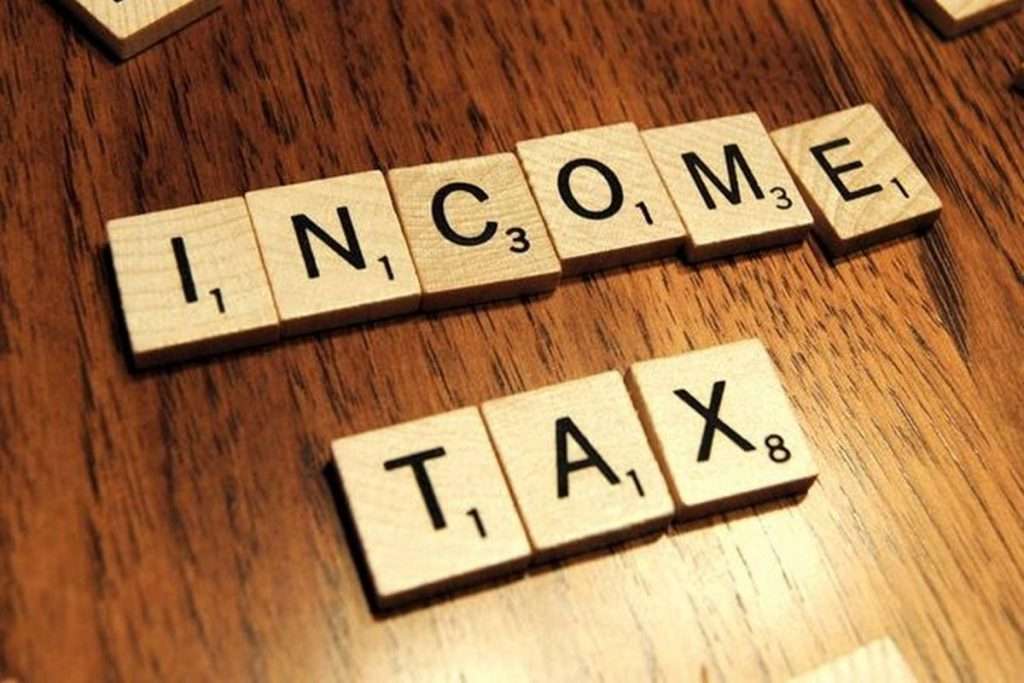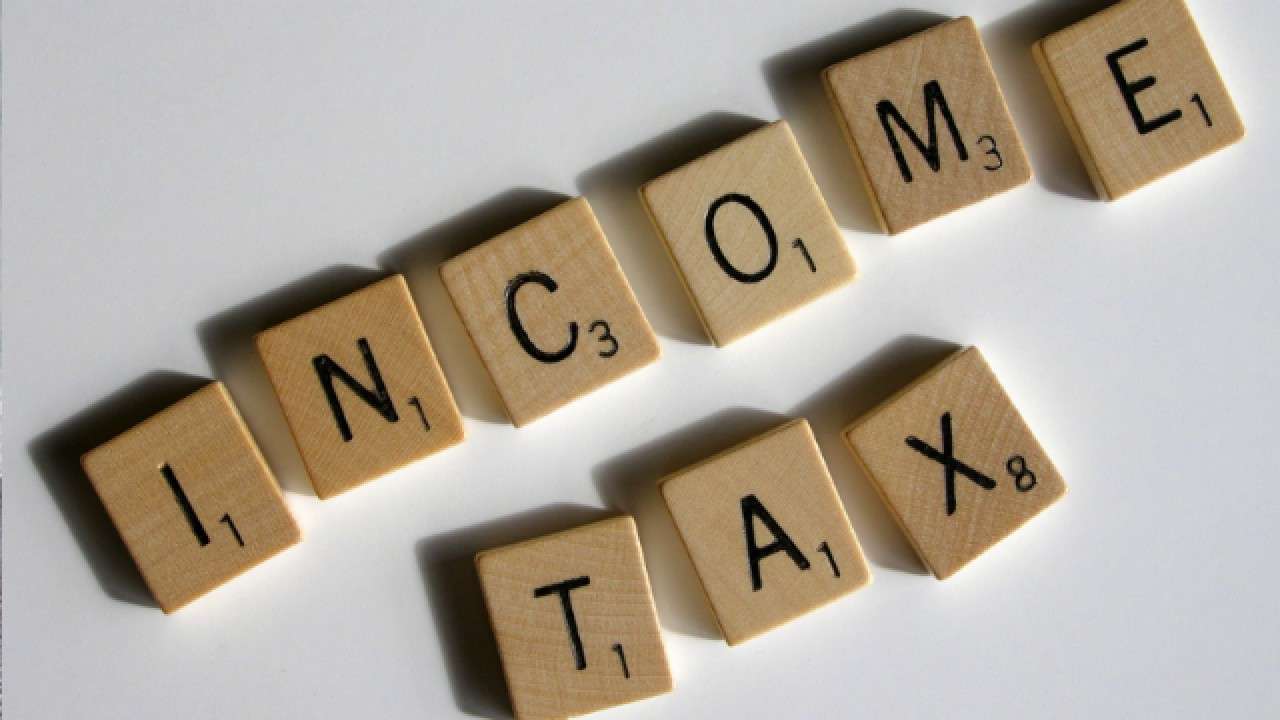To ensure easy adherence, the Income Tax Department has classified taxpayers based on their taxes, source of income, and a number of other factors. As a result, taxpayers with income from various groups must download and fill out different Income Tax e filing forms. The ITR-2 Type, for example, is for individuals and HUFs who doesn’t have a profession or a business.. Let us go Step by step.
Who is qualified to record ITR-2 Form for AY 2020-21?
ITR Form 2 is for Individuals and HUF accepting pay other than pay from “Benefits and Gains from Business or Profession”. Subsequently, people having salary from the following sources are qualified to document Form ITR 2:
- Pay from Salary/Pension
- Pay from House Property
- Pay from Capital Gains/misfortune on the offer of speculations/property (Both Short Term and Long Term)
- Pay from Other Sources (counting Winning from Lottery, wagers on Race Horses, and other legitimate methods for betting)
- Unfamiliar Assets/Foreign Income
- Horticultural Income more than Rs 5000
- Occupant not usually inhabitant and a Non-occupant
NOTE– A Director of any organization and a person who has put resources into unlisted value portions of an organization will be needed to record their profits in ITR-2.

Now let us know, who are not permitted to file the ITR-2:
- The ones who are permitted to file ITR-1 same individuals are not allowed.
- Any particular person who generate their pay or salary from business or profession.
What is the Structure of ITR-2 Form?
ITR-2 is separated into:
- Section A: General Information
- Schedule S: Details of salary from compensations
- Schedule HP: Details of pay from House Property
- Schedule CG: Computation of pay under Capital additions
- Schedule OS: Computation of pay under Income from different sources
- Schedule CYLA: Statement of salary after set-off of current year’s misfortunes
- Schedule BFLA: Statement of salary after set-off of unabsorbed misfortune presented from before years
- Schedule CFL: Statement of misfortunes to be conveyed forward to future years
- Schedule VIA: Statement of derivations (from complete salary) under Chapter VIA
- Schedule 80G: Statement of gifts entitled for derivation under area 80G
- Schedule 80GGA: Statement of gifts for logical exploration or rustic turn of events
- Schedule AMT: Computation of Alternate Minimum Tax payable under area 115JC
- Schedule AMTC: Computation of tax reduction under area 115JD
- Schedule SPI: Statement of pay emerging to companion/minor youngster/child’s better half or some other individual or relationship of people to be remembered for the pay of the assessee in Schedules-HP, CG, and OS
- Schedule SI: Statement of salary which is chargeable to charge at unique rates
- Schedule EI: Details of Exempt Income
- Schedule PTI: Pass through salary subtleties from business trust or speculation store according to Section 115UA, 115UB
- Schedule FSI: Statement of salary gathering or emerging external India.
- Schedule TR: Details of expenses paid external India
- Schedule FA: Details of Foreign Assets and salary from any source outside India
- Schedule 5A: Statement of distribution of salary between mates administered by the Portuguese Civil Code
- Schedule AL: Asset and obligation at the year-end (appropriate if the complete salary surpasses Rs 50 lakhs)
- Schedule DI: Schedule of duty sparing ventures or stores or instalments to guarantee derivation or exception in the all-inclusive period from 1 April 2020 until 30 June 2020
- Part B-TI: Computation of Total Income
- Part B-TTI: Computation of expense obligation on all-out pay
- Subtleties to be filled if the return has been set up by a Tax Return Preparer
Looking for the ways to record ITR 2? Here you go,
You can present your ITR-2 Form either on the web (online) or disconnected (offline).
Offline:
People who can document their ITR disconnected (offline):
- People who are of the age of 80 years or more.
Return can be documented offline by:
- By outfitting a return in a physical paper structure
- By outfitting a bar-coded return
The Income Tax Department will give you an affirmation at the hour of accommodation of your physical paper return.
Online/electronically
- By outfitting the return electronically under advanced mark
- By communicating the information electronically and afterward presenting the confirmation of the return in Return Form ITR-V
In the event that you present your ITR-2 Form electronically under the advanced mark, the affirmation will be shipped off your enlisted email id. You can likewise decide to download it physically from the pay charge site. You are then needed to sign it and send it to the Income Tax Department’s CPC office in Bangalore within 120 days of e-recording. Recollect that ITR-2 is an annexure-less structure for example you don’t need to append any records when you send it.
Significant changes presented in ITR 2 for AY 2020-21
- RNORs and non-inhabitant people need to document their pay expense form in ITR-2 even in the event of a complete salary beneath Rs 50 lakh.
- The citizen ought to uncover (a) the measure of money stores above Rs 1 crore in the flow accounts with a bank, (b) consumption caused above Rs 2 lakh on unfamiliar travel (c) use brought about above Rs 1 lakh on power.
- Inhabitant people who own more than one house property ought to likewise document their salary expense form in ITR-2.
- ITR-2 keeps on applying to occupant people who have complete salary surpassing Rs 50 lakh.
- Any individual citizen having a salary from business or calling can’t utilize ITR-2.
- On the off chance that an individual is a chief in an organization or holds unlisted value speculations, the ‘sort of organization’ ought to likewise be unveiled
- In the event of the present moment or long haul, capital increases from the offer of land or fabricating or both, the subtleties of the buyer(s) for example name, PAN or Aadhaar, rate portion of possession and address must be given.
- A different schedule 112A for the computation of the drawn-out capital additions on the offer of value offers or units of a business trust which are subject to STT.
- Under ‘salary from different sources’ or ‘Income by other work or sources’, a citizen ought to give the subtleties of ‘some other pay’.
- The subtleties of the derivations against ‘pay from other sources’ or Income from other sources is ought to be given.
- The ‘Schedule VI-A’ for charge allowances is corrected to incorporate derivation under area 80EEA and segment 80EEB.
- On account of a business trust or venture reserve, the subtleties of ‘capital increases’ salary and ‘profit’ pay ought to be given.
- The subtleties of assessment allowance claims for ventures or instalments or consumption made between 1 April 2020 until 30 June 2020.
- While giving the subtleties of ledgers, if a citizen chooses different financial balances for credit of discount, the salary charge office may pick any record for handling the discount.
Significant changes presented in ITR-2 Form for AY 2019-20
- Given that ITR-1 isn’t material for the RNORs and the non-inhabitants, they need to fundamentally go with ITR-2 for documenting their arrival of pay
- The materialness of ITR-2 has been made all the more clear in as much as now it is pertinent for people and HUF having salary other than pay under the head benefits and gains from business
- Under Schedule EI, data about salary not chargeable to burden according to DTAA giving subtleties, for example, sum and nature of pay, nation name and code, Article of DTAA, Head of pay, and whether TRC got.
- Subtleties of pass-through salary not chargeable to the burden.
- While disclosing the pay charges of a particular person under schedule SPI, the nature of the income is replaced with Head of the Income
- Under Schedule SI, the subsequent incomes charged at special rates are added:1. Short term and future capital gains2. the other income chargeable at special rates3. Other sources of income chargeable at special rates4. Undergo income within the nature of future and short-term capital gains6. through income within the nature of income from other sources
- Under timetable FA, under the subtleties of unfamiliar resources and salary from any source outside India beneath subtleties are required:1. Subtleties of Foreign Depository Accounts held (counting any advantageous enthusiasm) whenever during the significant bookkeeping period2. Subtleties of Foreign Custodial Accounts held (counting any valuable enthusiasm) whenever during the significant bookkeeping period3. Subtleties of Foreign Equity and Debt Interest held (counting any helpful enthusiasm) for any element whenever during the applicable bookkeeping period4. Subtleties of Foreign Cash Value Insurance Contract or Annuity Contract held (counting any helpful enthusiasm) whenever during the applicable bookkeeping time frame.
- In Schedule (Part B-TTI), the Introduction of calculation of duty payable under segment 115JC for examination purposes.
- Extra data in Schedule TDS giving insights concerning the head of pay and Gross pay, on account of salary for which TDS credit is asserted.
- Under Schedule EI, the following disclosures are required just in case of agricultural income exceeds Rs. 5 Lakhs:1. Name of district alongside pin code during which agricultural land is located2. Measurement of agricultural land in Acre3. Whether the agricultural land is owned or persisted lease (drop right down to be provided)4. Whether the agricultural land is irrigated or rain-fed (drop right down to be provided)5. The above disclosure to be provided separately for every agricultural land.
- Under Schedule SI, the subsequent incomes charged at special rates are added:1. Short term and future capital gains2. the other income chargeable at special rates3. Other sources of income chargeable at special rates4.
- An individual taxpayer has got to give information about the Directorship held in any company during the previous year, also mentioning whether the shares are listed or unlisted.
- An individual taxpayer has got to give information about the investment in unlisted equity shares and therefore the movement in such investment throughout the year.
Significant changes presented in ITR 2 for AY 2018-19
- The pertinence of ITR-2 has been made all the more clear in as much as now it is relevant for people and HUF having salary other than pay under the head Profit earned by the particular person by any type of which or work is done by him,
- The field of “Benefits and Gains from Business or Profession” which was prior to highlighting under Part B – TI has now been eliminated.
- Following this, Schedule-IF (Income from Firm) and Schedule-BP have likewise been taken out. This currently implies, anybody gaining pay from an organization firm, presently needs to record ITR-3 and not ITR-2.
- Also, under Schedule AL, the field relating to “Intrigue held in the advantages of a firm or relationship of people (AOP) as an accomplice or part thereof” has been discarded.
- This implies, an accomplice in a firm who could document his return in ITR 2 until AY 2017-18 (explicitly made accessible in ITR – 2 for AY 2017-18) needs to now record his return in ITR 3 structure AY 2018-19 onwards.
- Like ITR-1, even in ITR-2, under the Schedule on TDS, there is an extra field for outfitting subtleties of TDS according to Form 26QC for TDS made on lease. Additionally, arrangement for citing of PAN of Tenant for such lease cases has likewise been made.
Guideline about filling the ITR-2 Form
- Here are a couple of general guidelines to stay in mind while filling your ITR-2 form:
- If any schedule isn’t applicable to you, strike it out and write —NA— across it
- If any item isn’t applicable to you, write NA against it
- Indicate nil figures by “Nil”
- Put a “-” sign before negative figures
- All figures are to be rounded off to the closest one rupee except figures for total income/loss and tax payable. Those are to be rounded off to the closest multiple of ten.
- If you’re a private, under the Employer Category you ought to tick Government if you’re a Central/State Government employee. you ought to tick PSU if you’re employed by a public sector company of the Central/State Government.
- The ITR-2 Form also cannot be used if you’re claiming double taxation relief under Section 90/90A/91.





